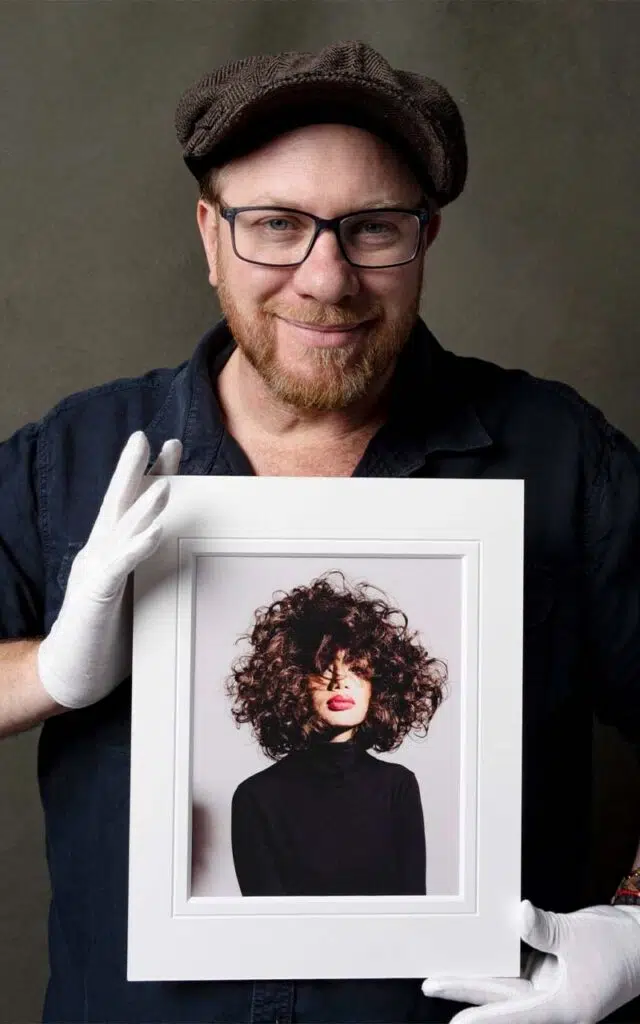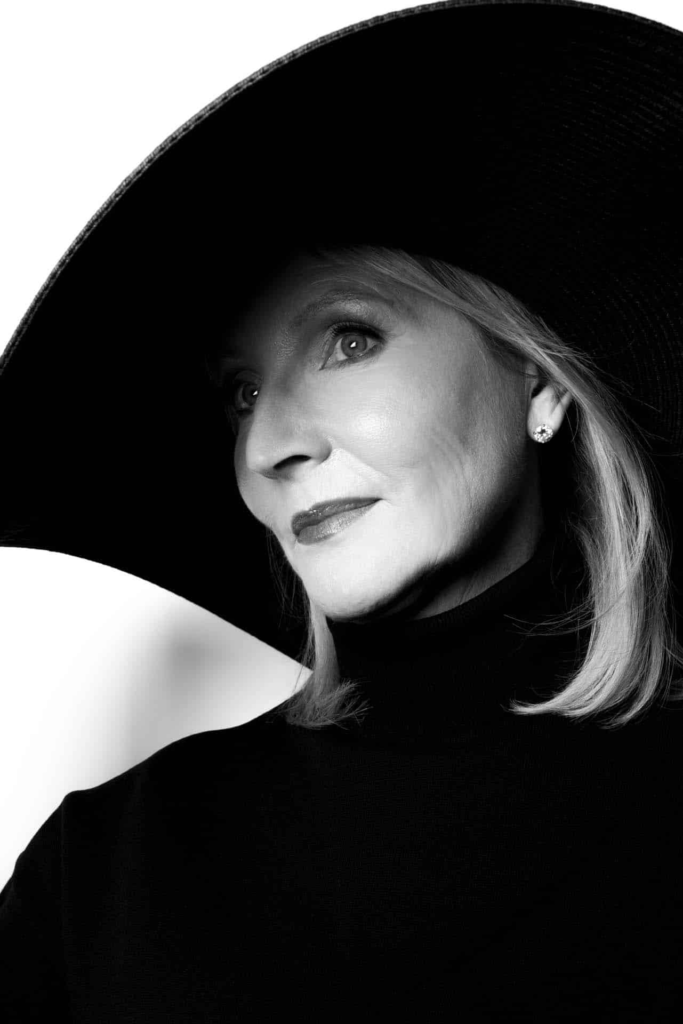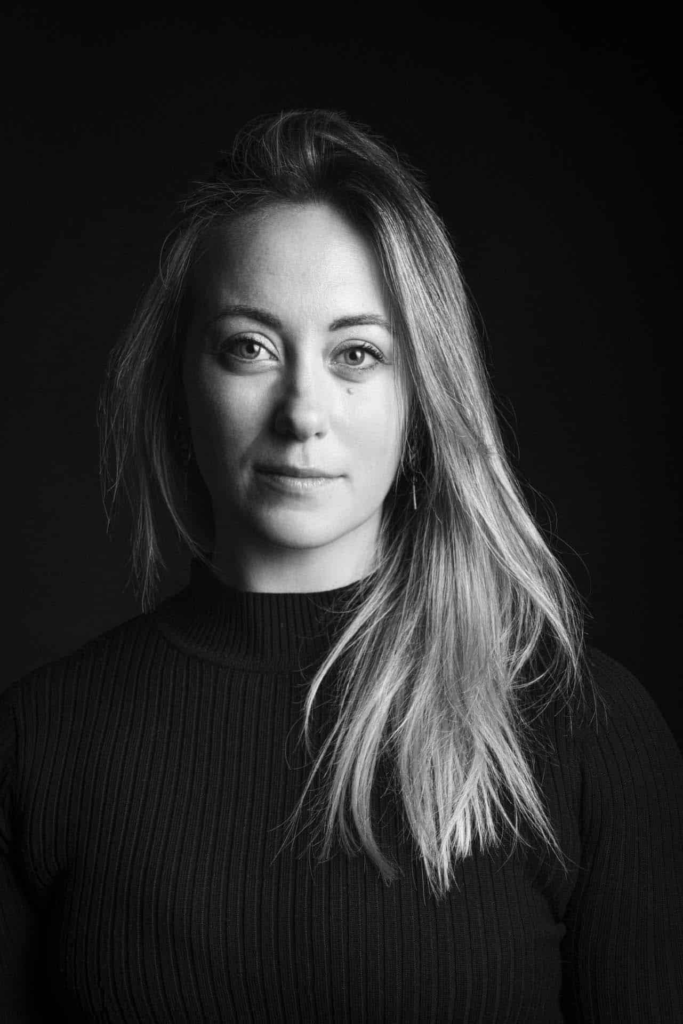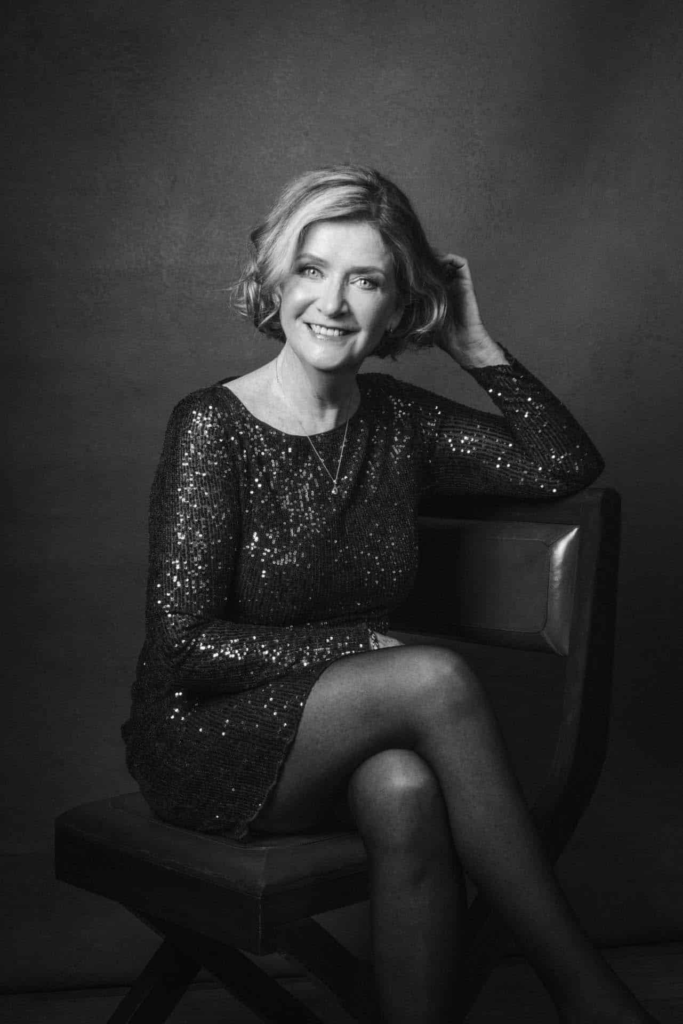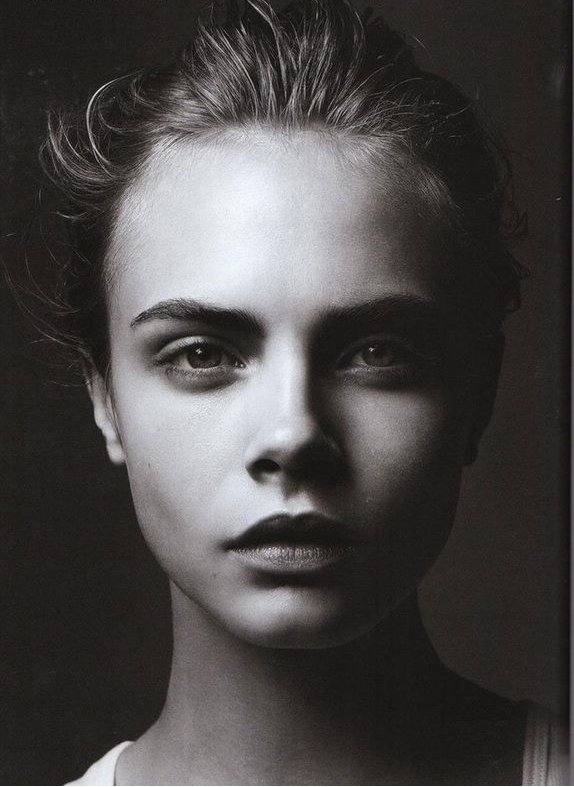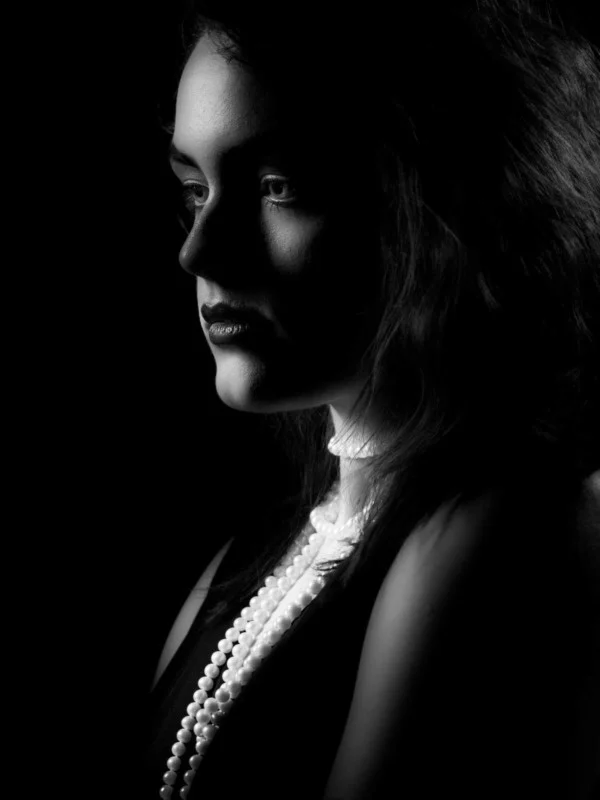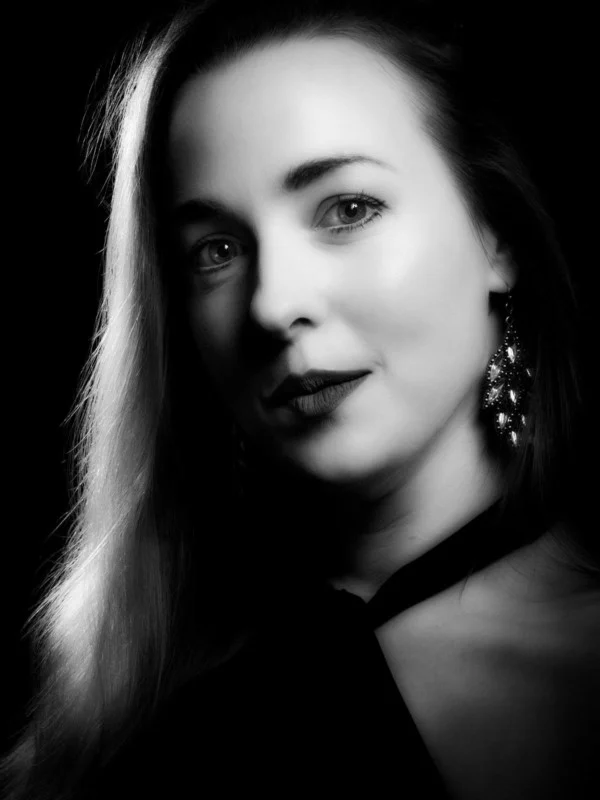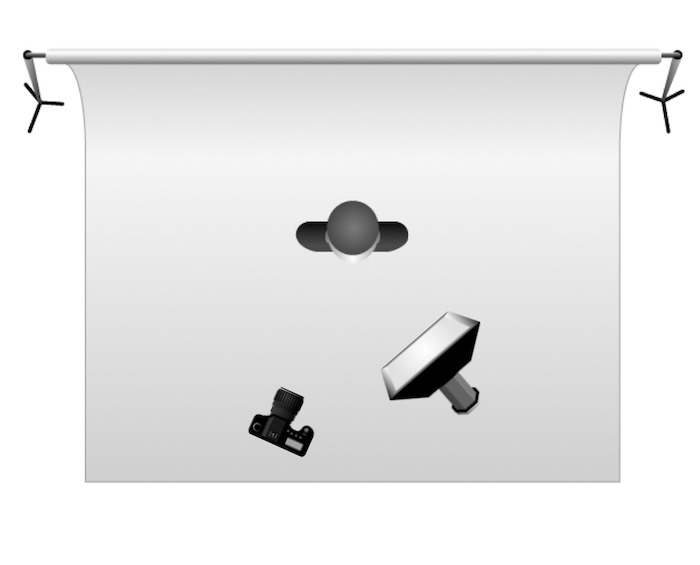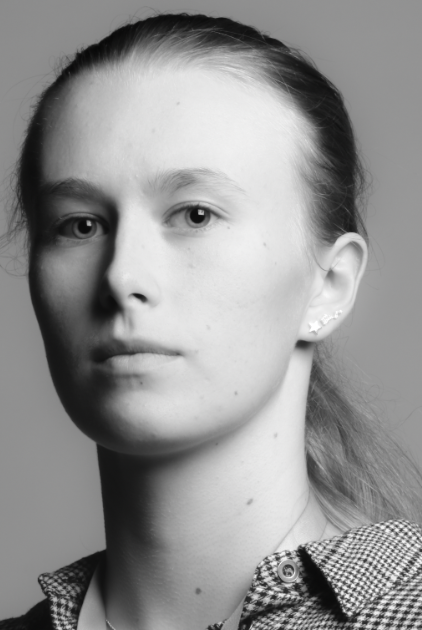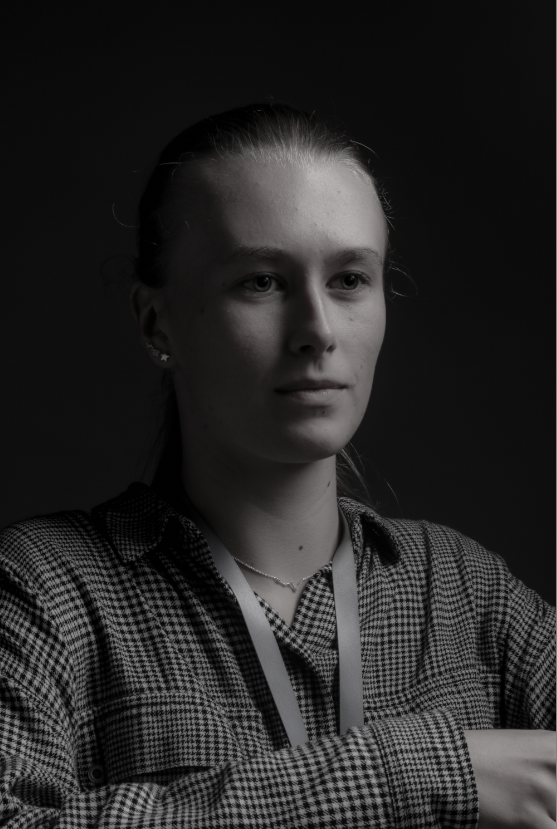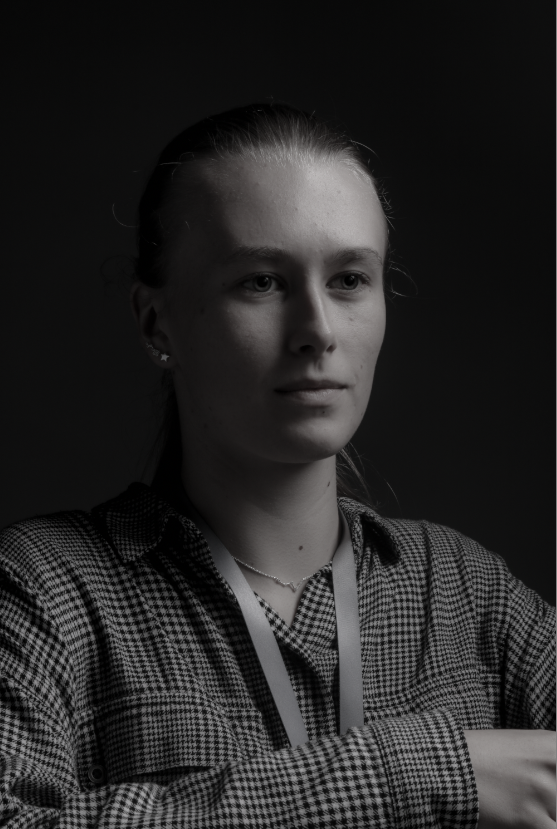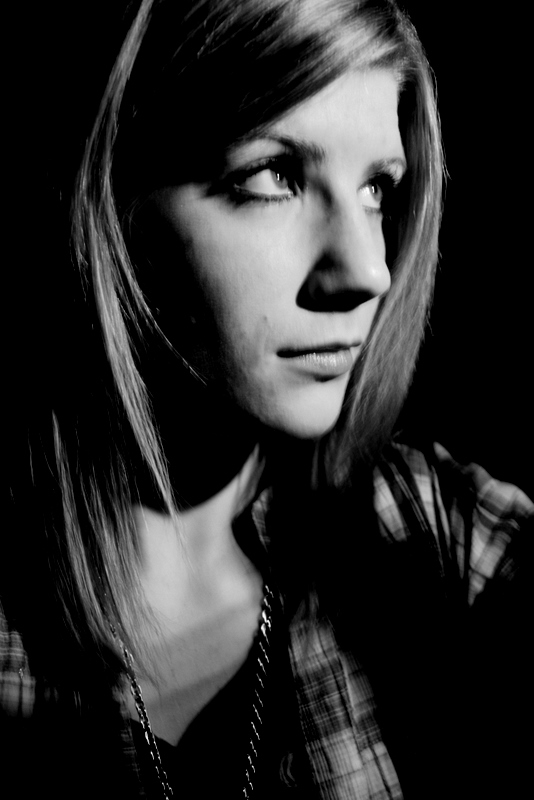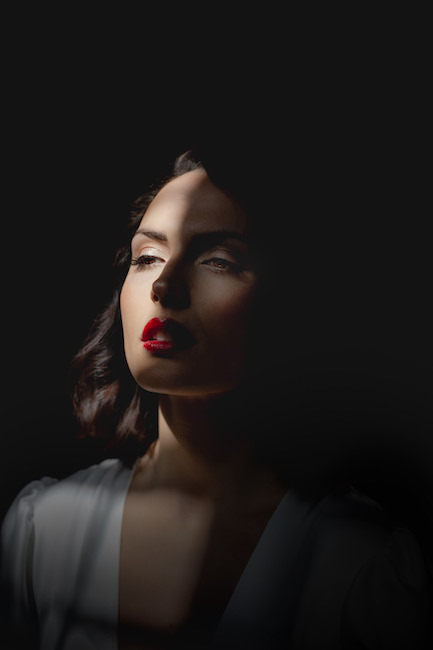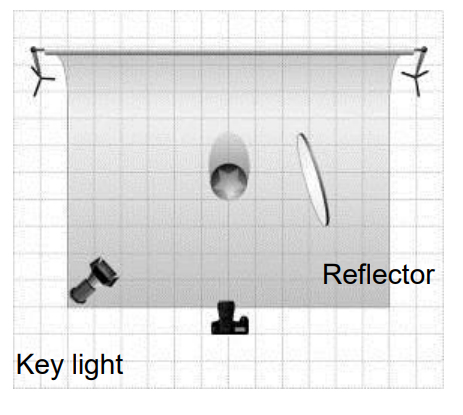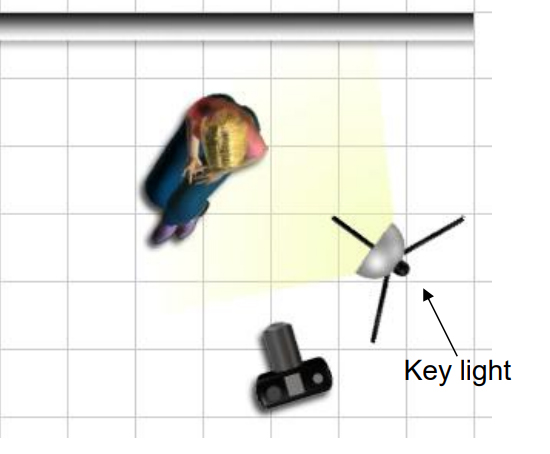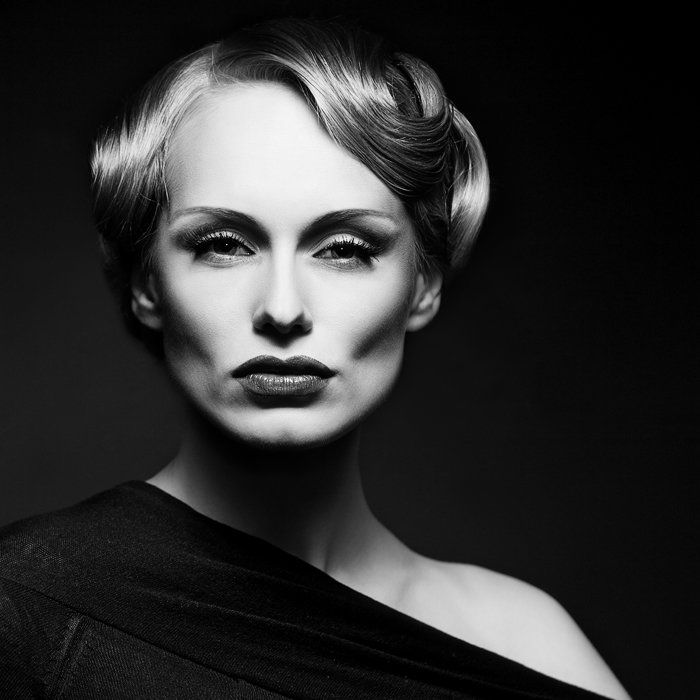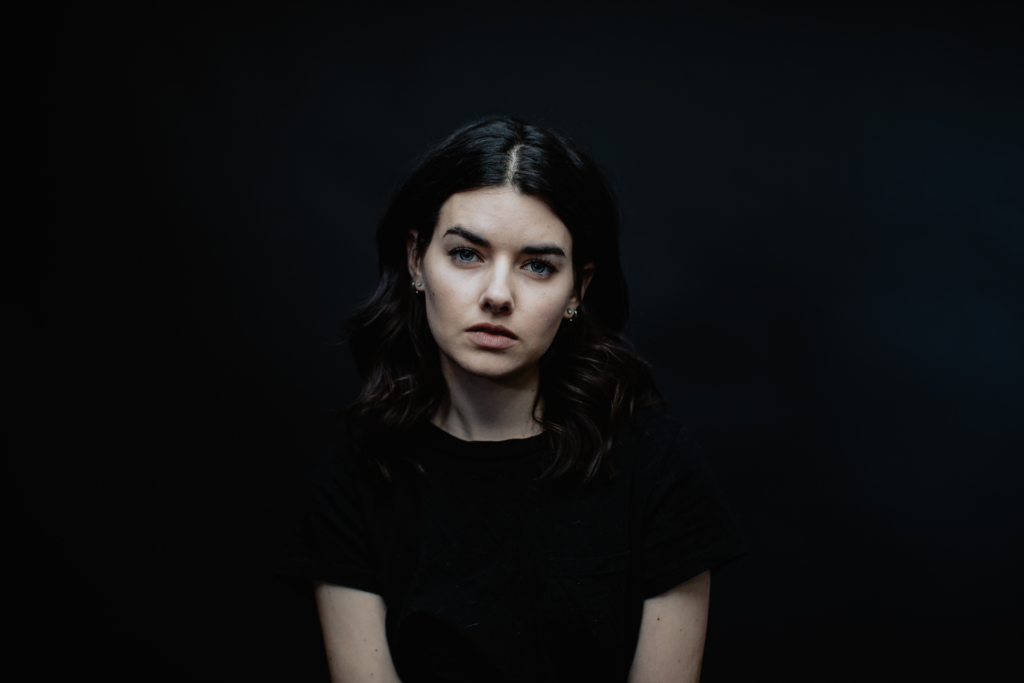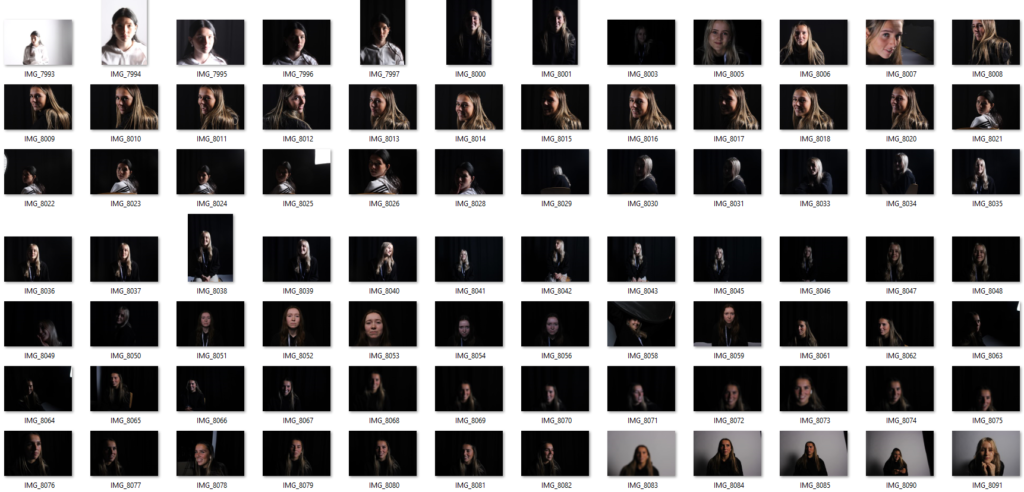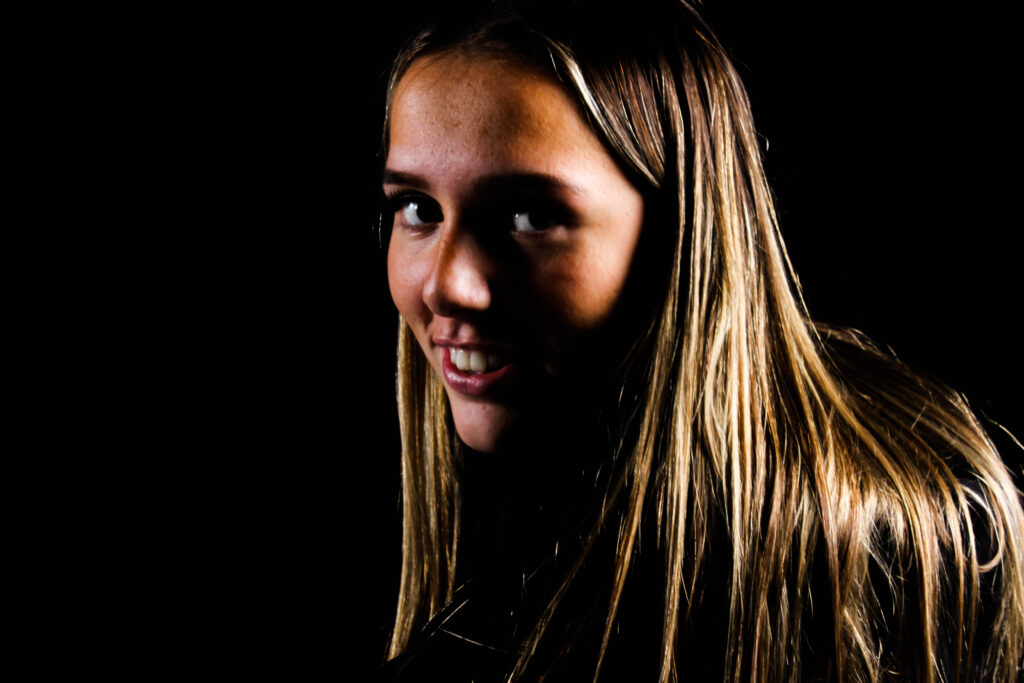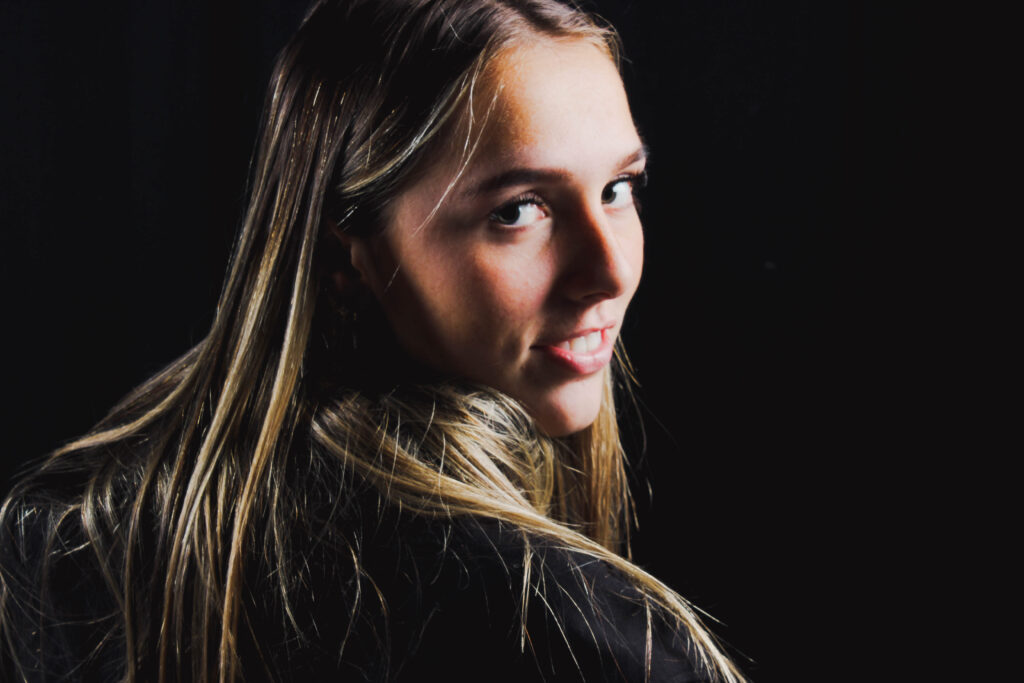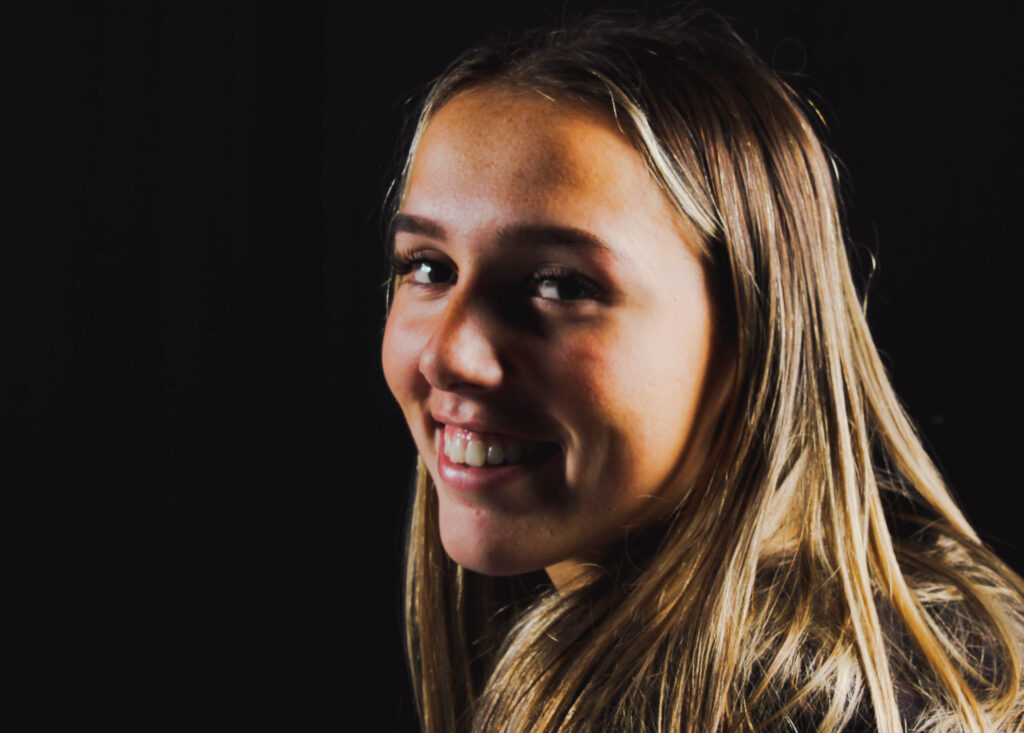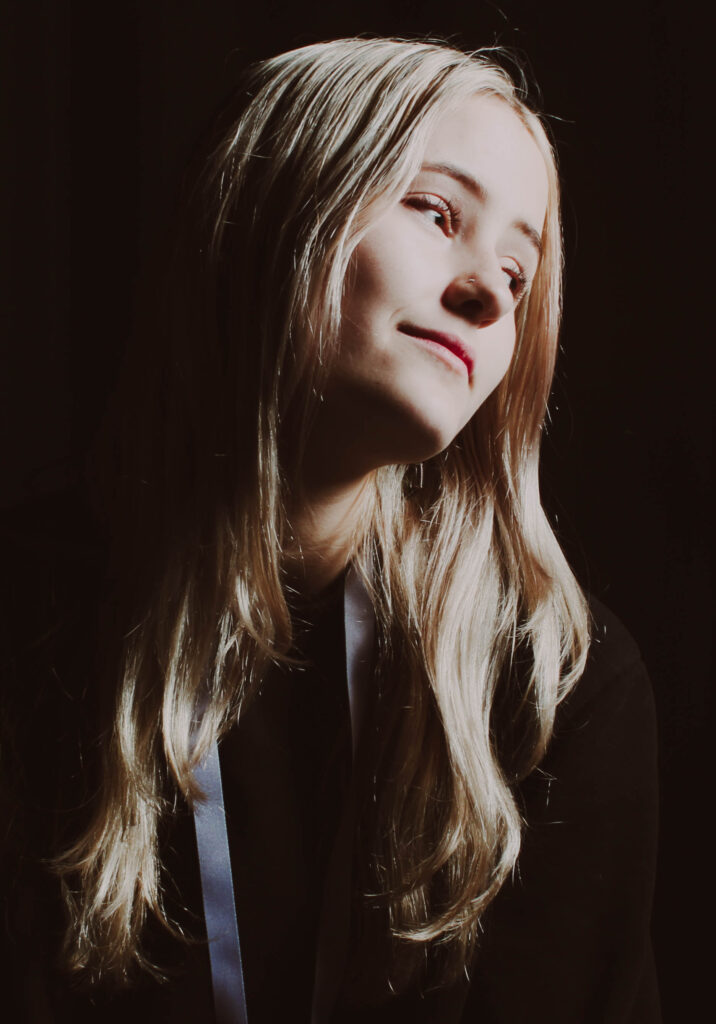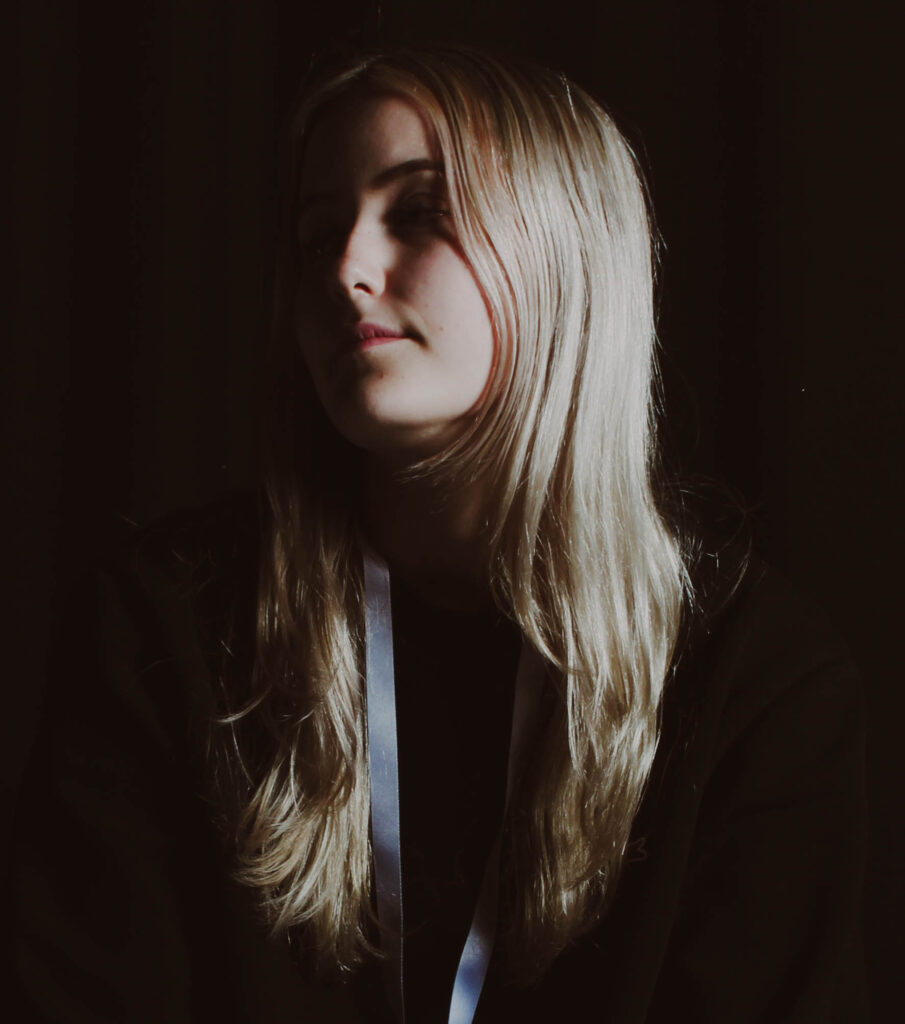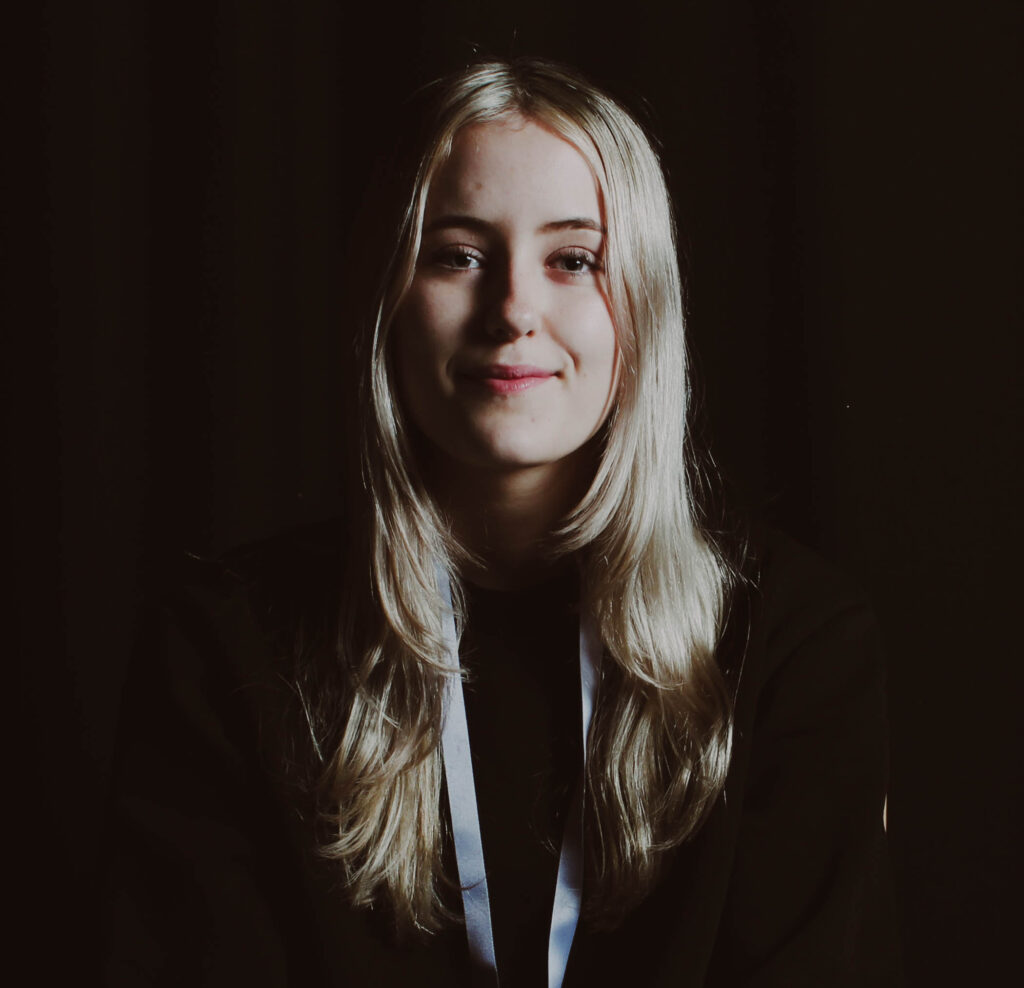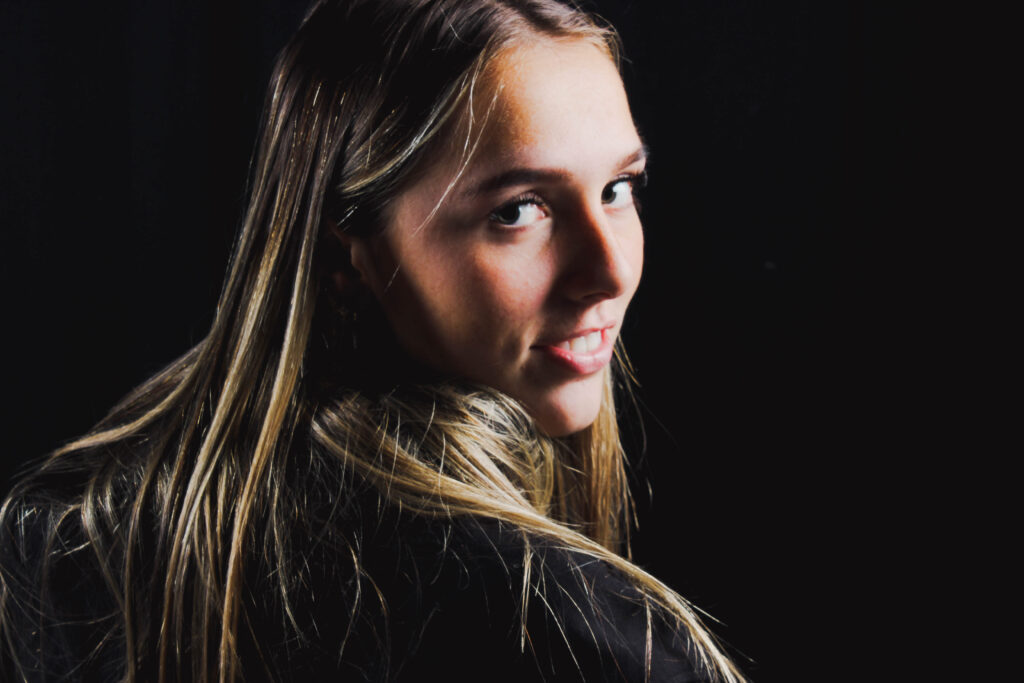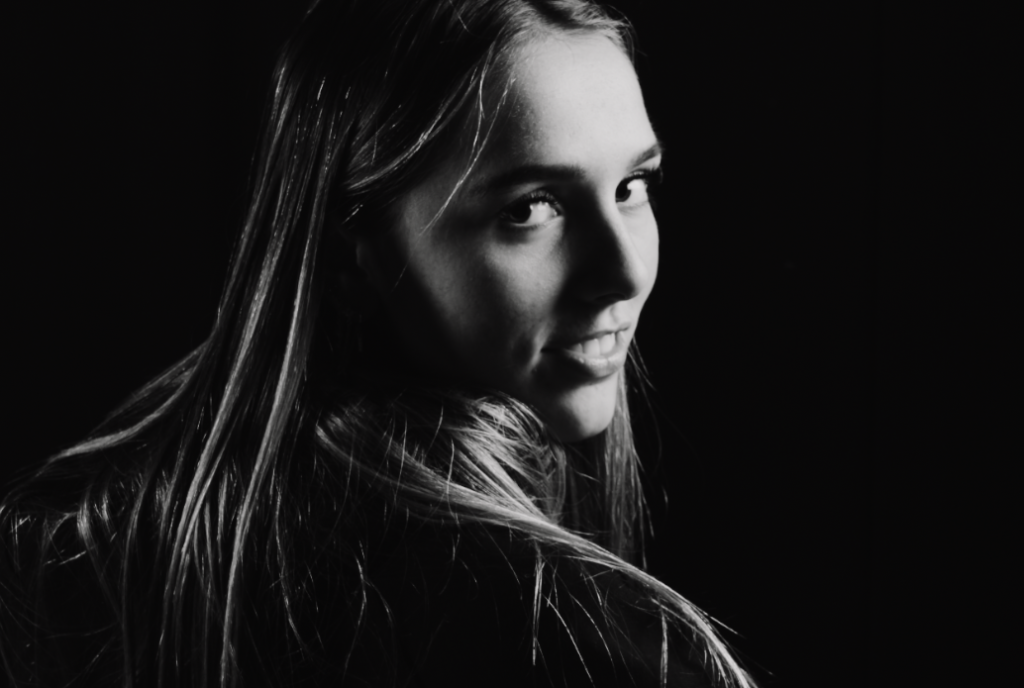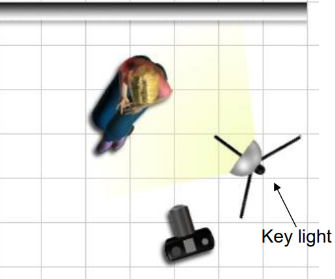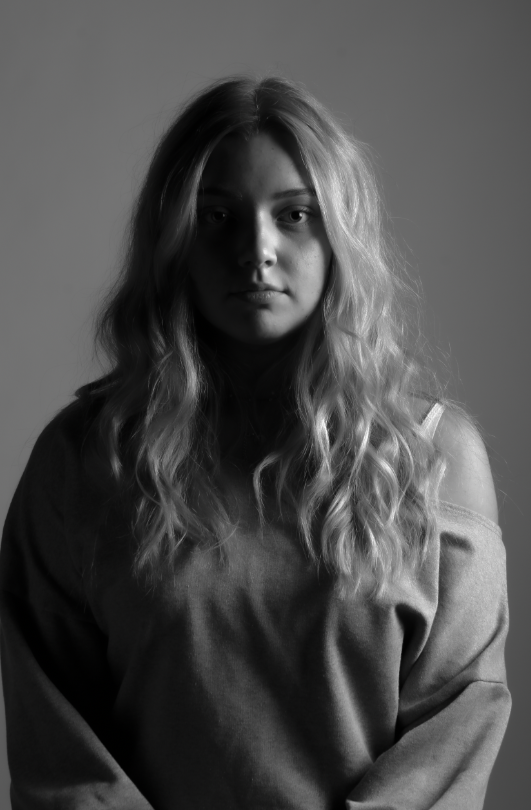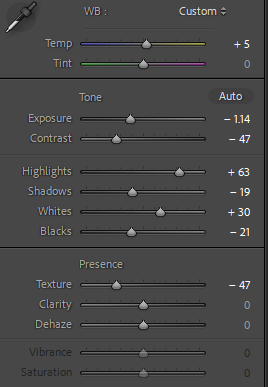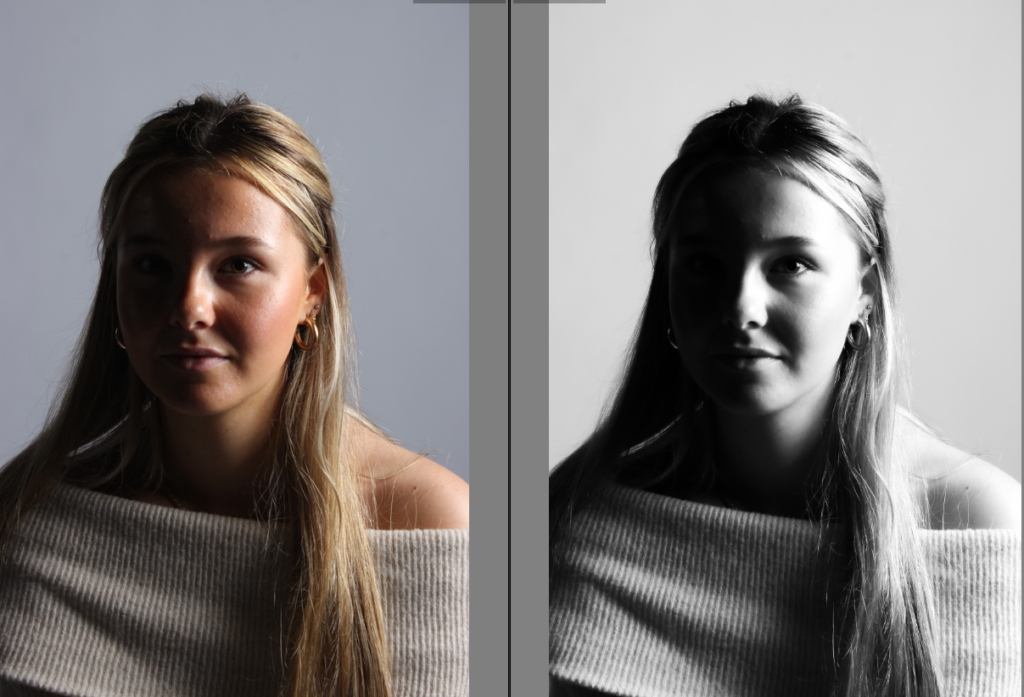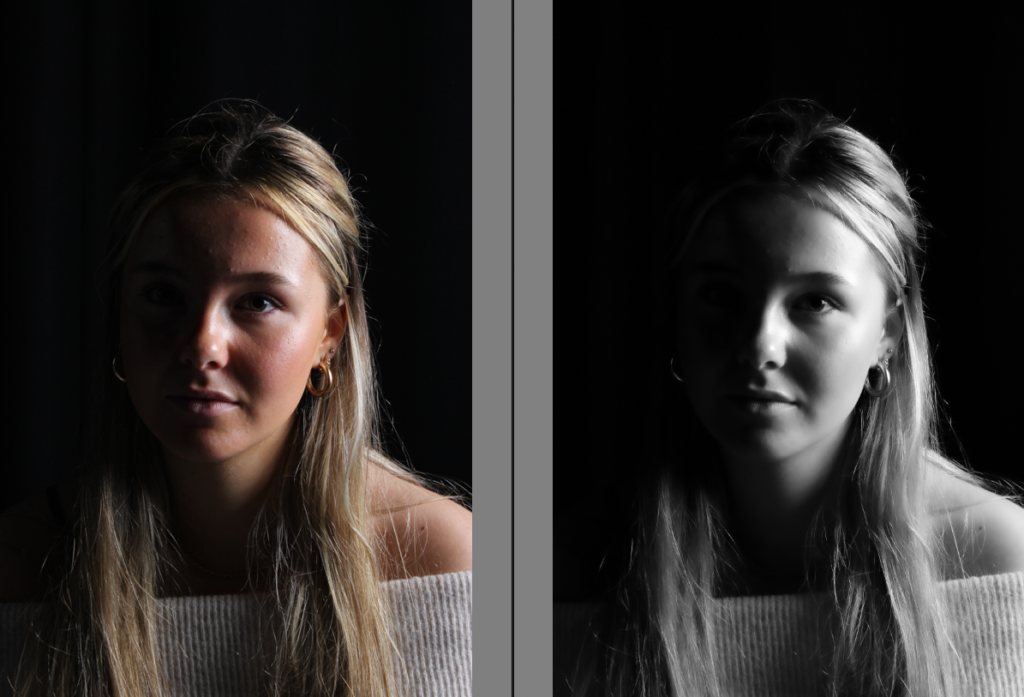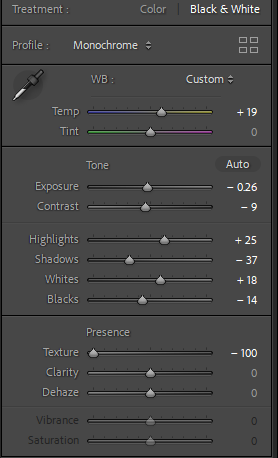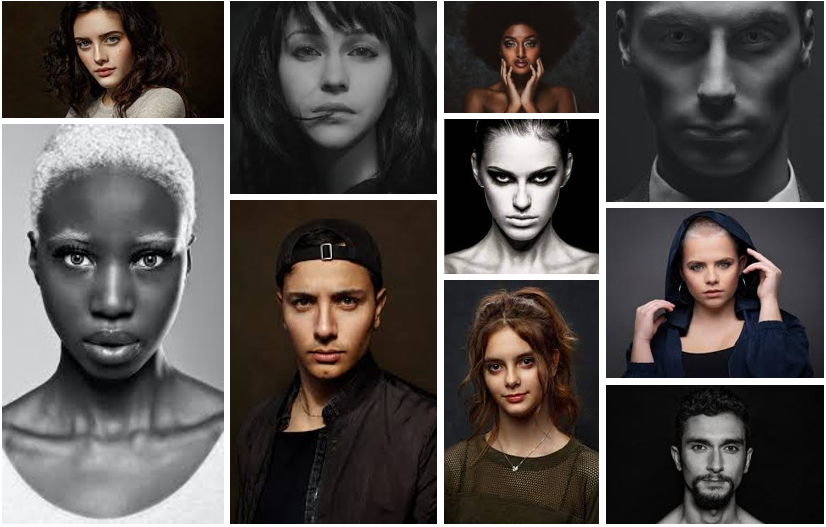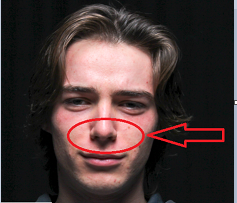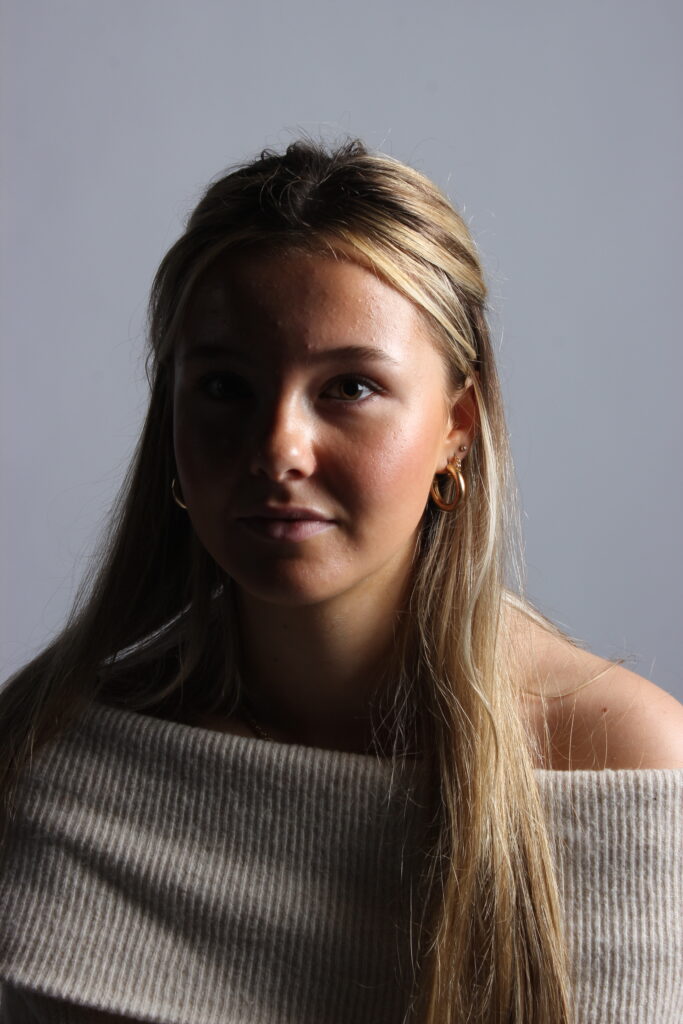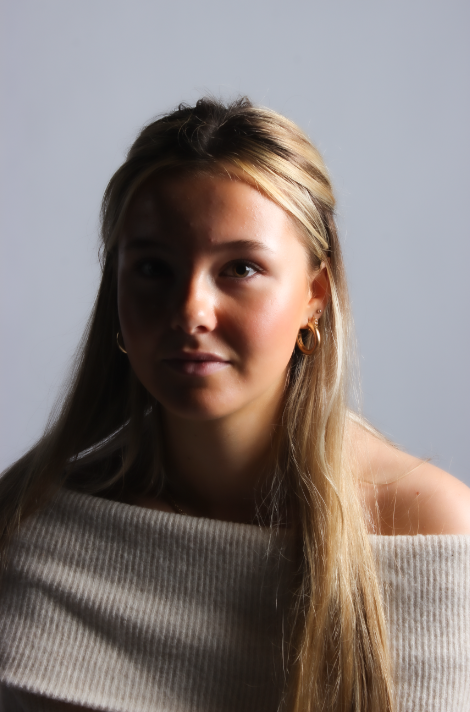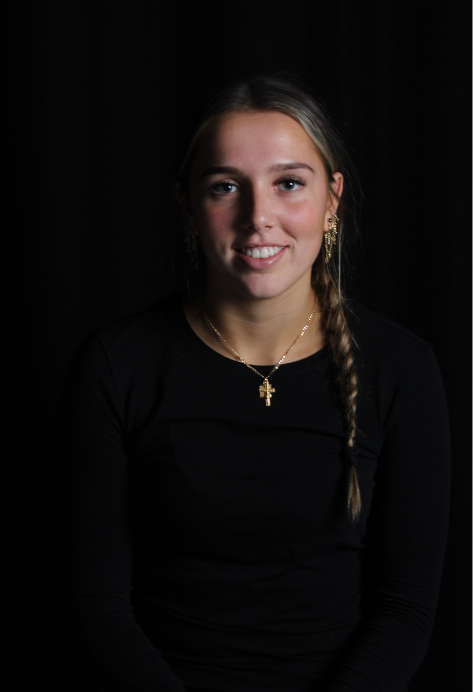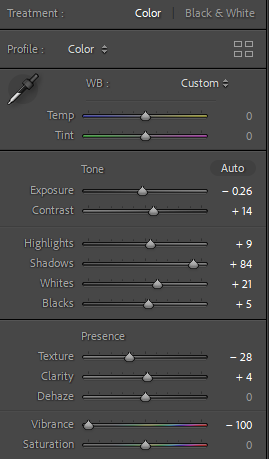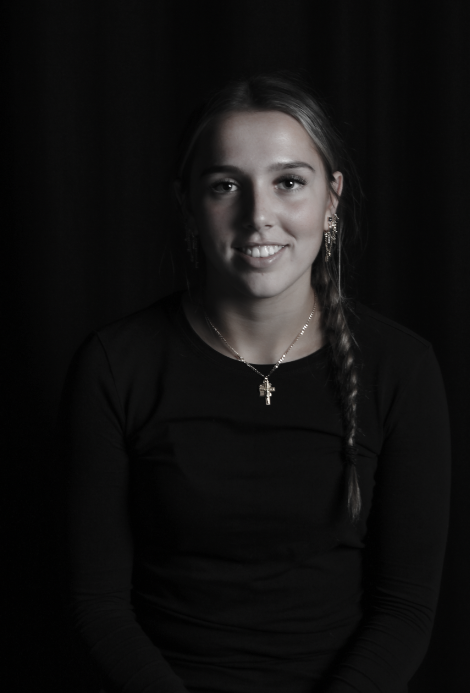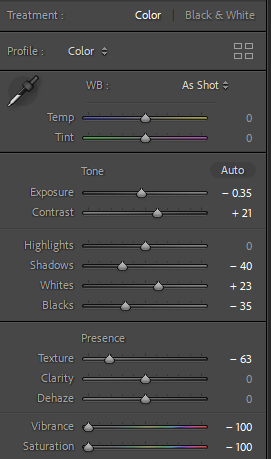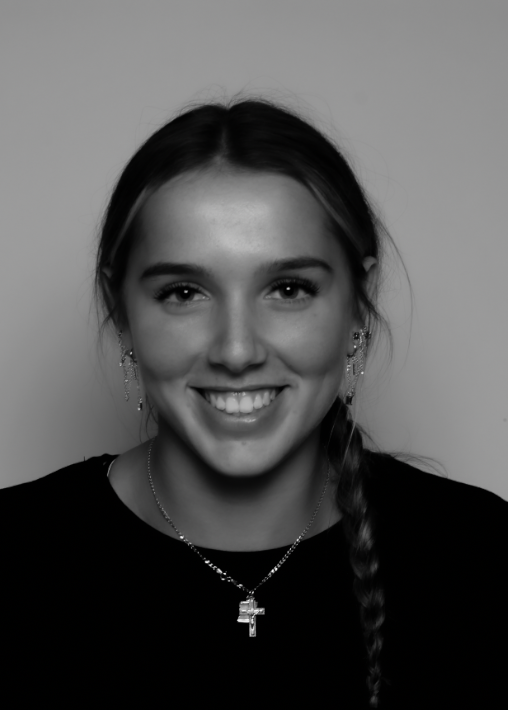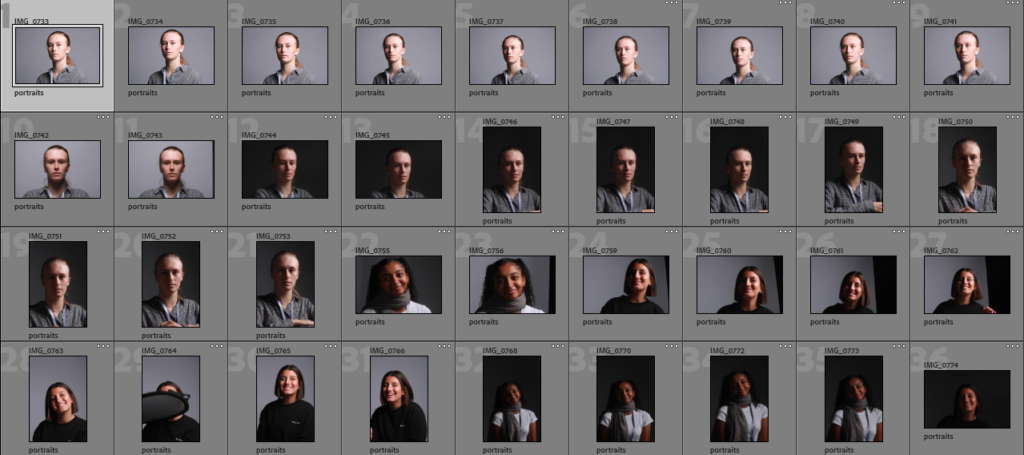
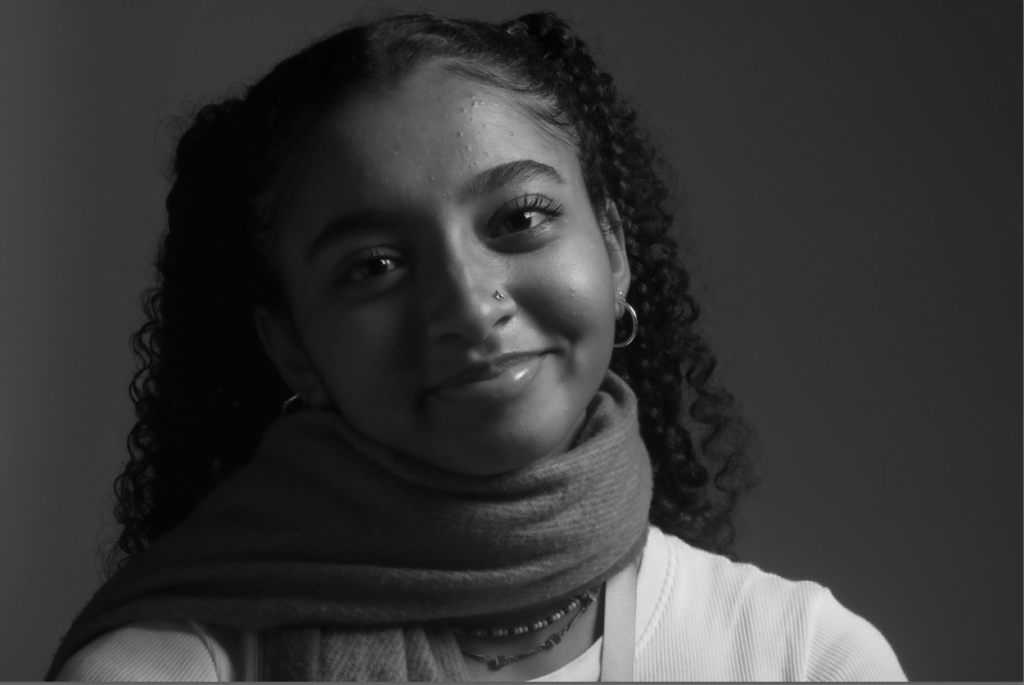
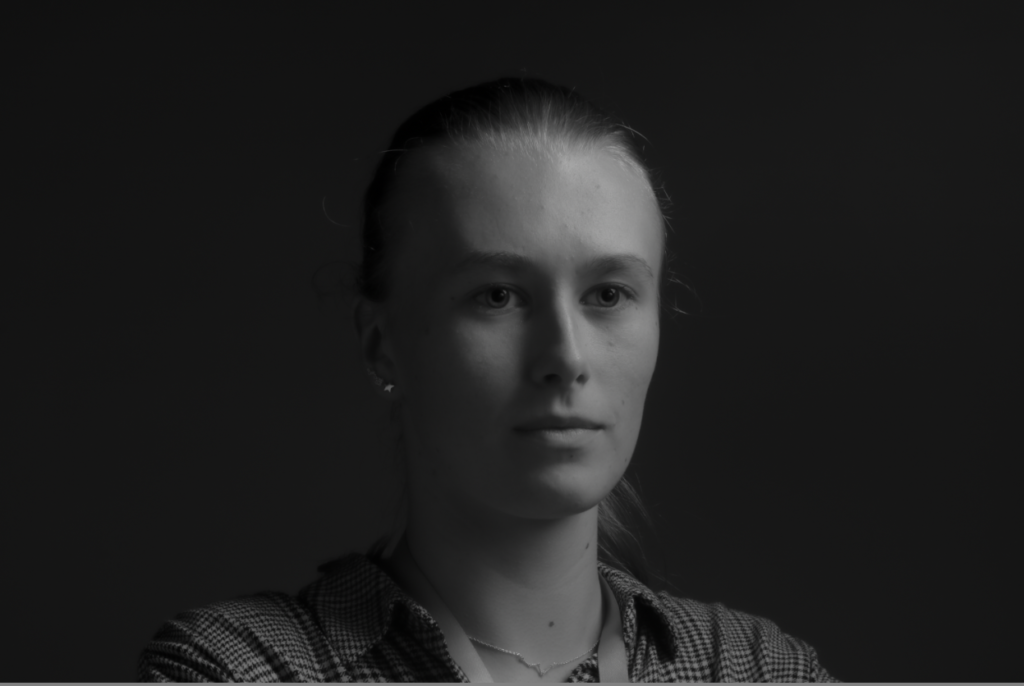
Here are some photos I had taken in the studio and they were all mixed lighting so that we could see what one we could get on each model, we tried to make different background colours to see what looked best and experimented were to place each light and what effect it would have on the model and the photograph. I’ve managed to get a photograph of the butterfly and Rembrandt however I wasn’t able to get any Chiaroscuro photos where there is split lighting and half of the models face has a shadow on it and helps us see the facial features a little bit better.
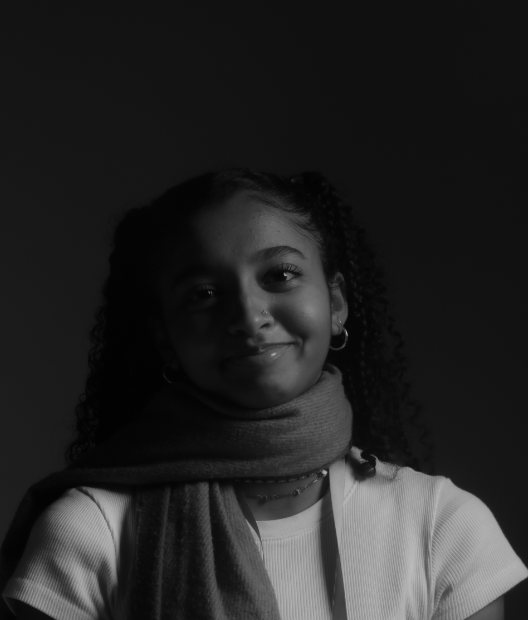
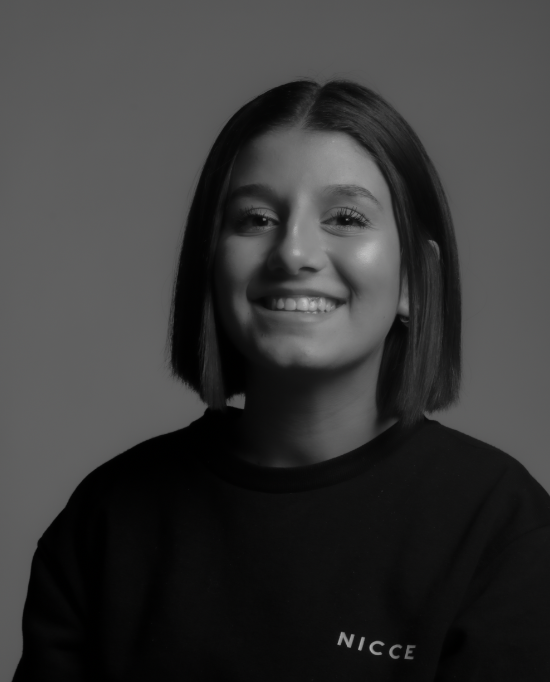
If I were to do this again I would have likes to have take more photo o see if someone of them turned out better, I would have tried to keep some of the photos in colour to see if the lighting would have changed in any way or if it would make the different lighting stand out, I do like that they are in black and white as if adds a totally different effect to the photo and almost makes the photo look more modern in a slight way depending on how you view it, as it could also look quite old aa back in the that cameras didn’t capture any colour. I feel as though putting my photos into black and white helps elevate the light shades grow as you can see on the bottom right photo you can see a bright shadow and the model cheeks bones and their nose, this then shows me how much of effect each lighting position can change the lighting and whether the photo is in black and white.
here I to tried add some of Oliver Doran’s ideas into my photo by making the photo black and white, I also tried to get some of his style of photography into my work, although Oliver takes portraits of people you tend to see their whole bodies in the shot where as only the shoulders and head is visible, if I were to redo this I would try and add some of the models whole bodies into the shot as this really changes the photos perspective.






